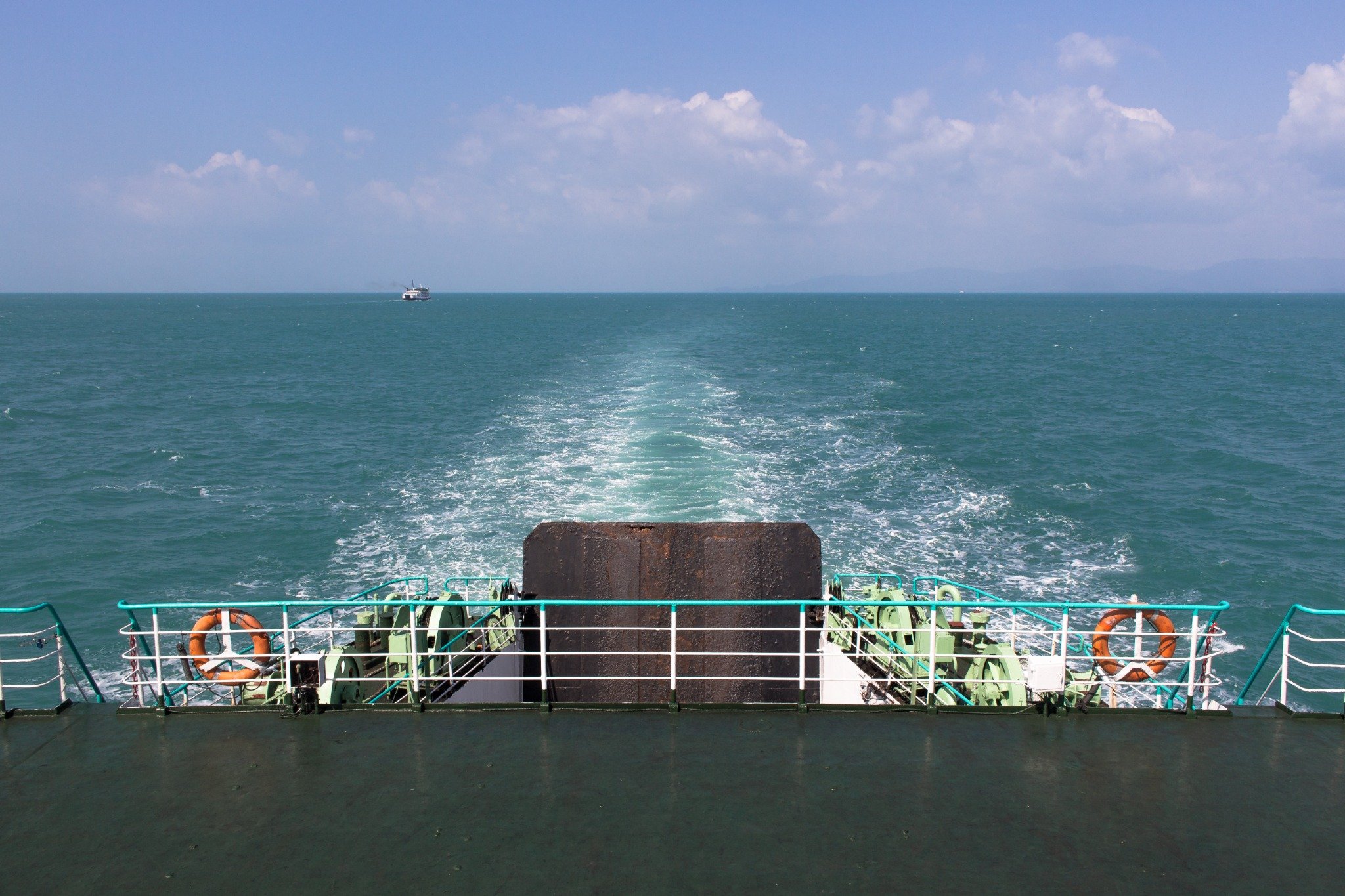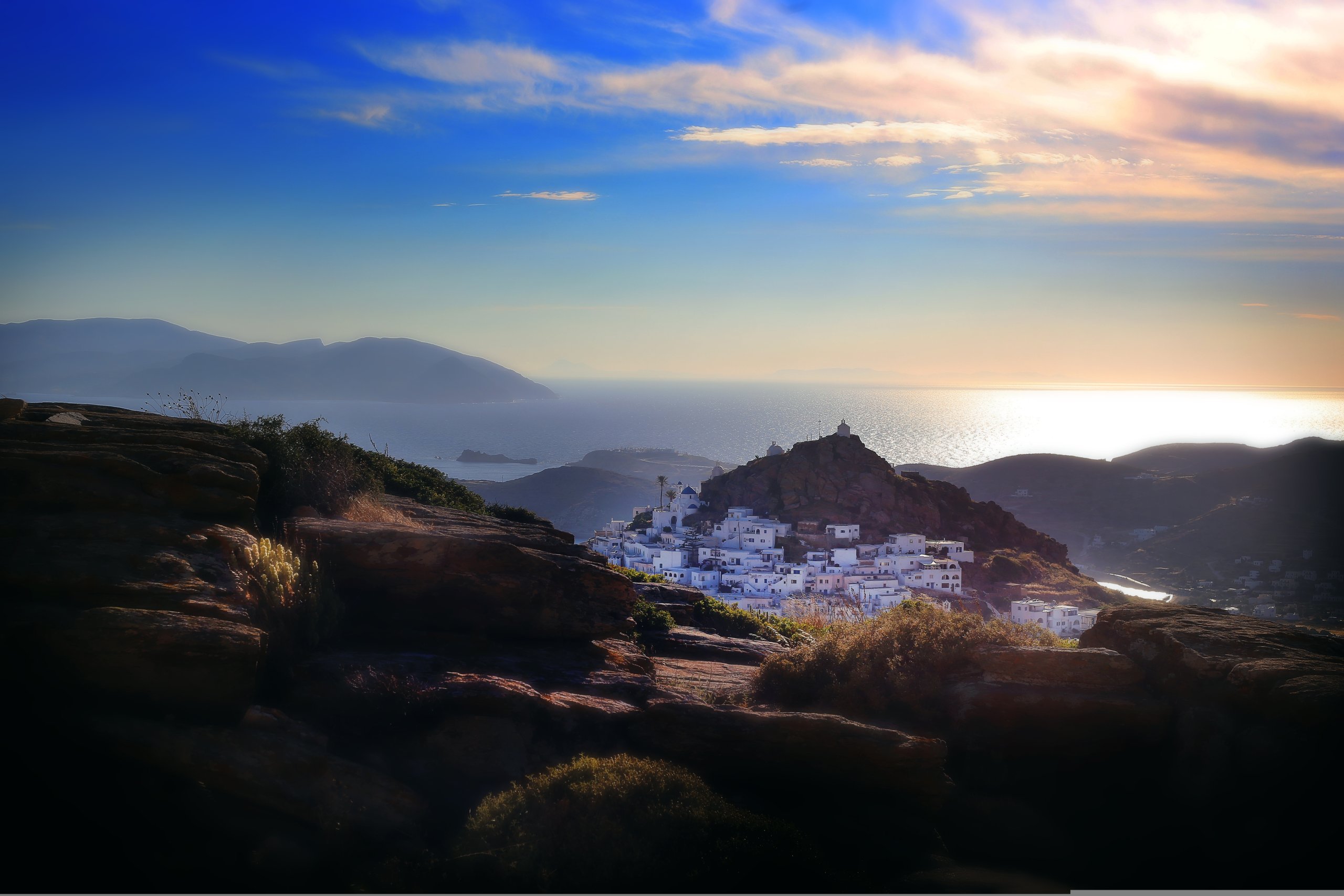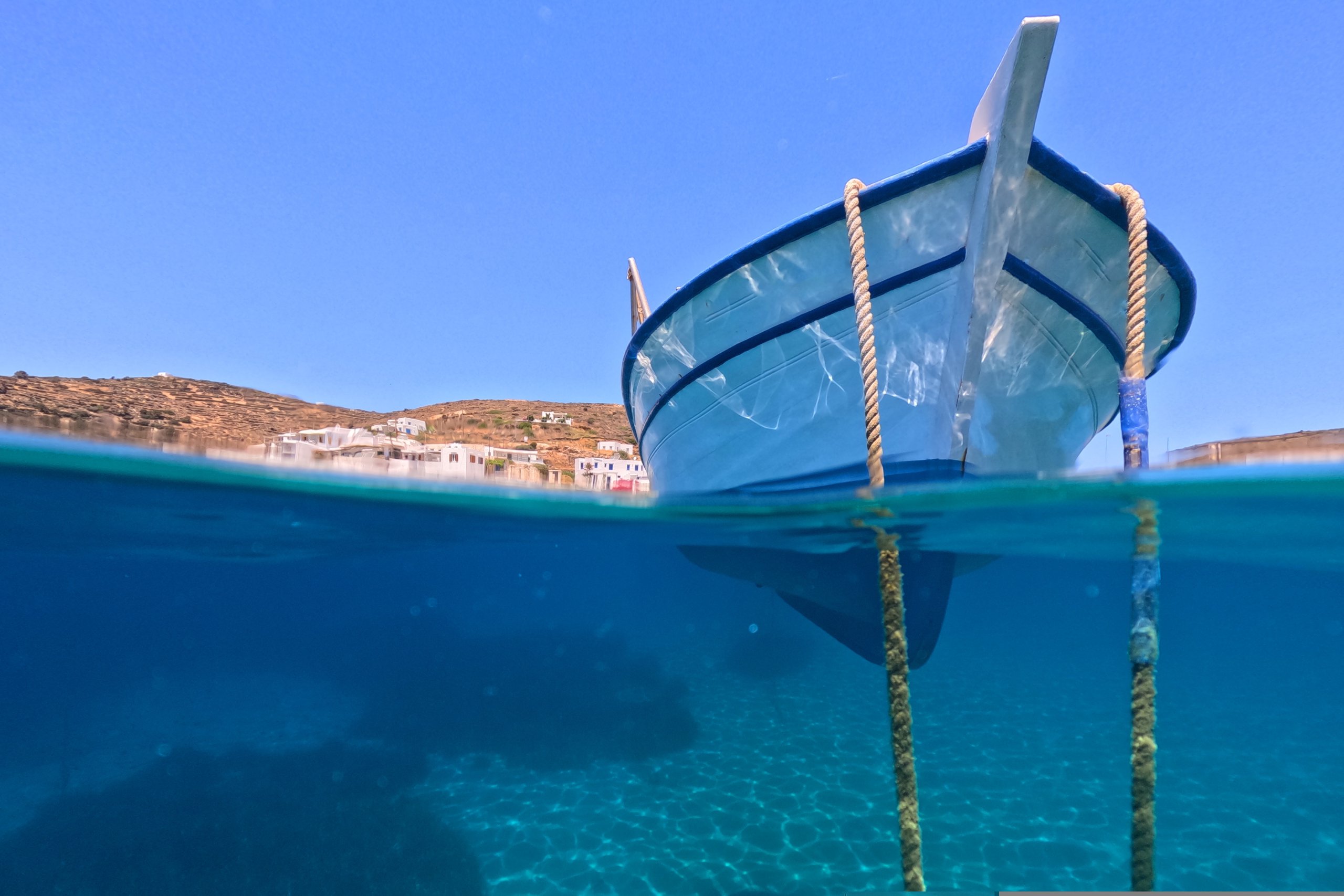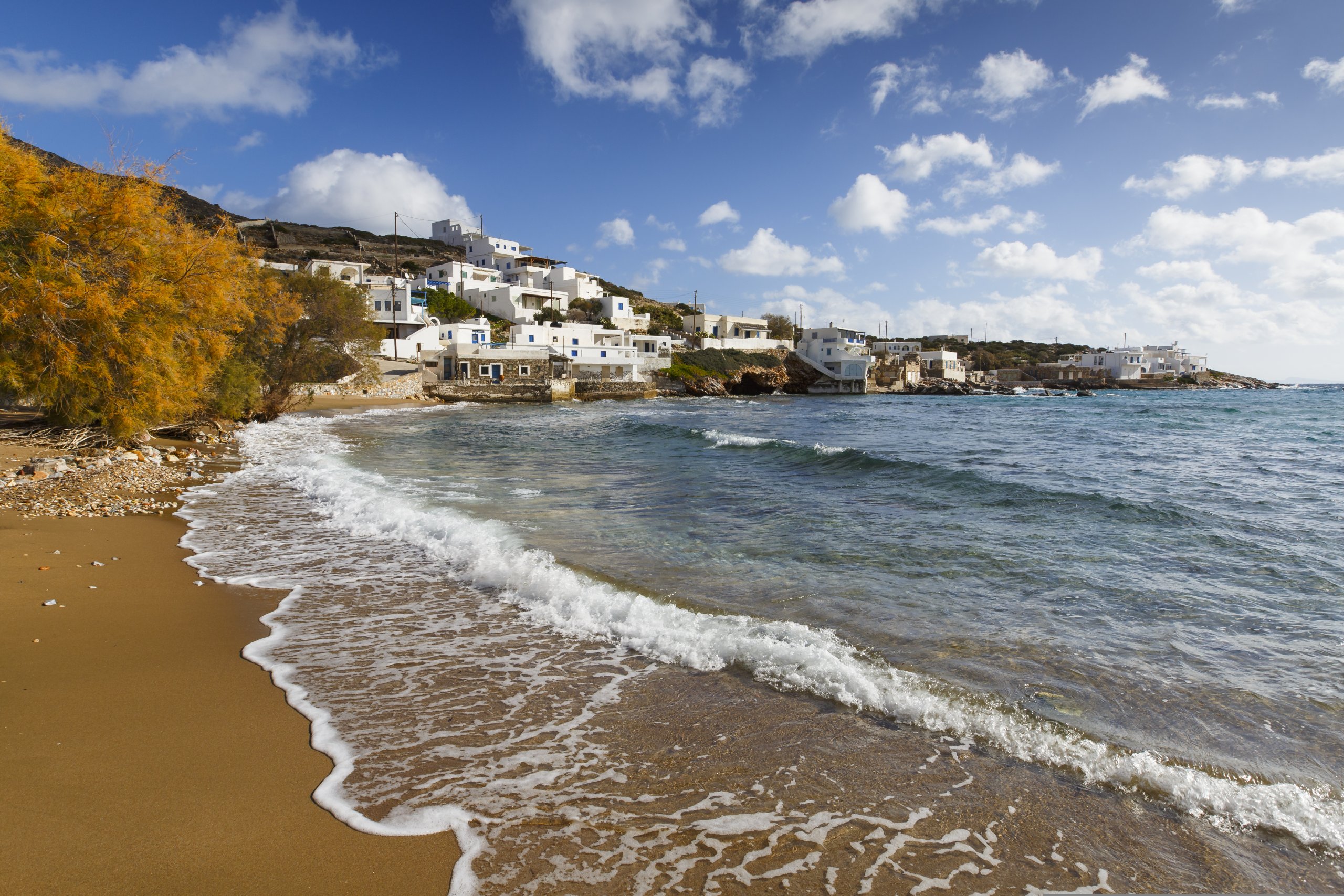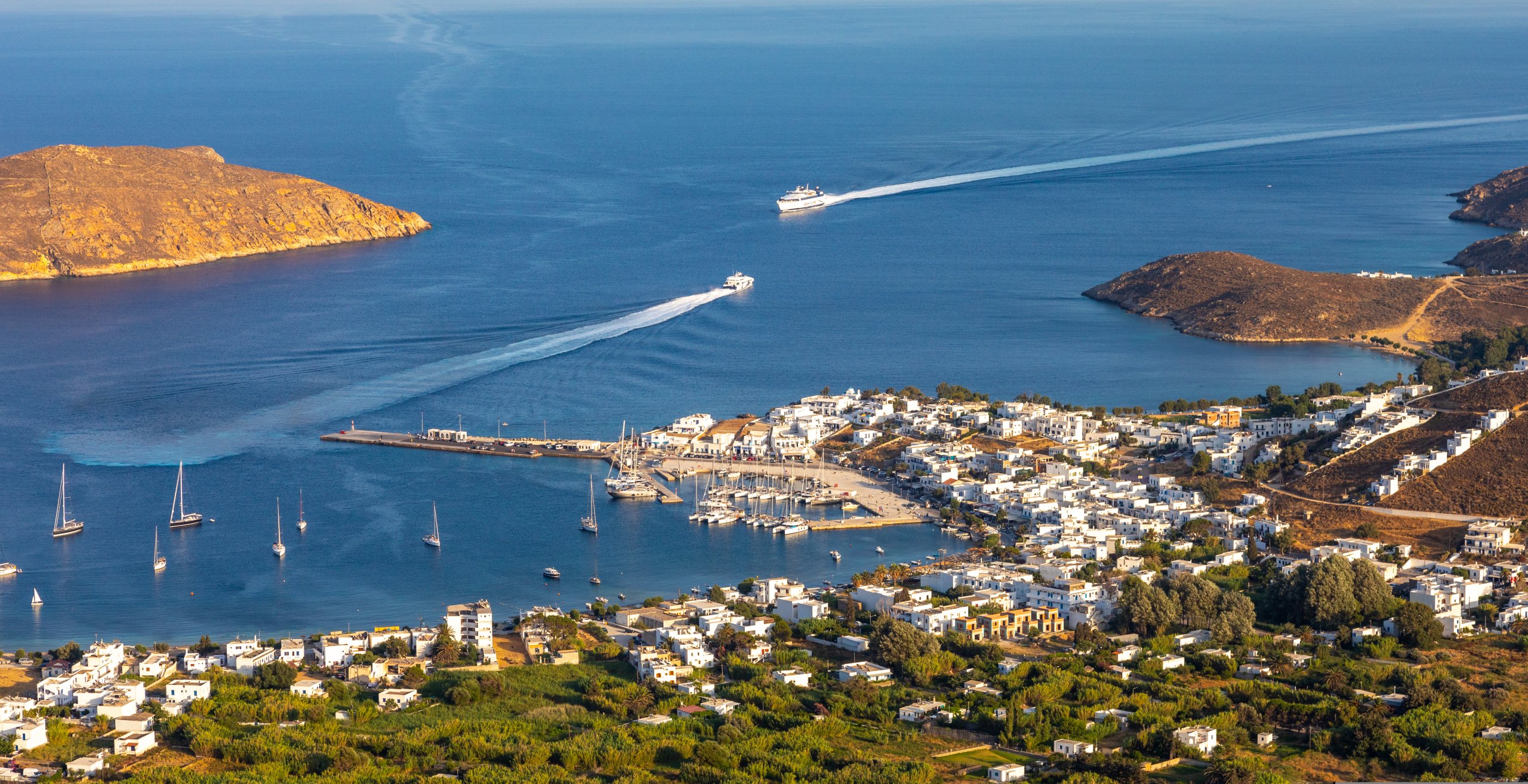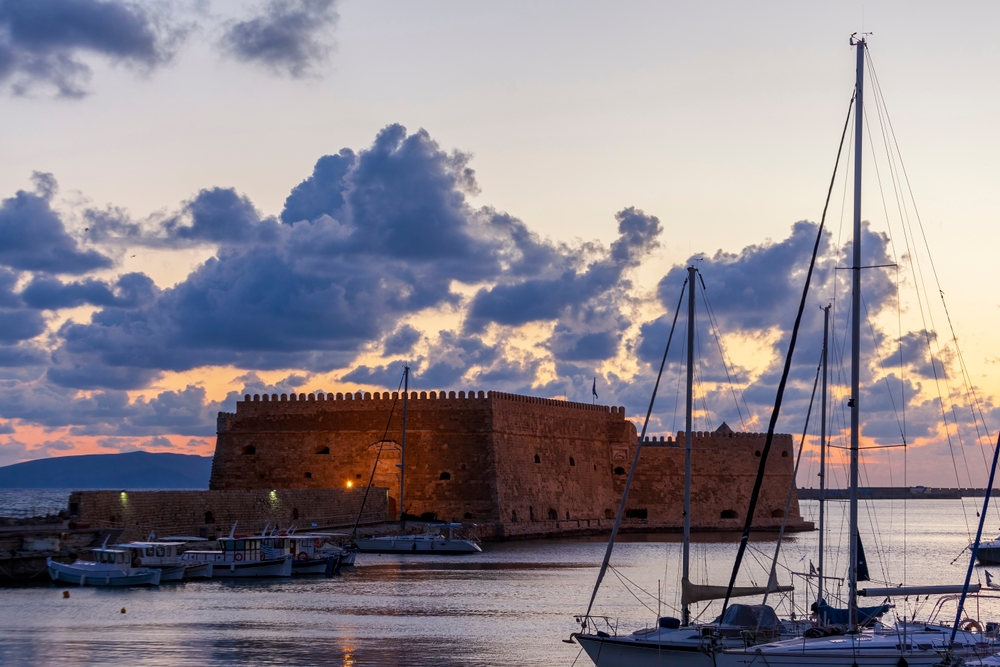
The Koules Fortress in Heraklion. The imposing fortress that dominates the entrance to the Venetian harbor and is one of the most characteristic buildings in the city. Although the Venetians called it Castello a Mare (= Castle on the Sea), the Turkish name prevailed: Koules, from Su Kulesi (= Water Castle). Its purpose was to protect the harbor of Heraklion and guard the bay of Ammoudara from any threat, along with the Palaiokastro Castle. It is worth mentioning that the castle that survived to this day essentially replaced another round tower with battlements.
The… predecessors of Koules
The truth is that the exact beginning of the history of the predecessors of Koules is not 100% known. Certainly, a port of such strategic position would not be left unprotected. However, for the first of these structures, which Koules replaced, only speculations exist. Crete in the Minoan era certainly did not have walls, as the Minoans considered the island safe. The same applied during the Roman period. However, the appearance of Saracen pirates in the Aegean prompted the Byzantines to fortify Crete. This tactic did not prove successful, and Arab pirates occupied the entire island in 824.
The first official mention of a fortress at the entrance of the harbor (Castellum Comunis) is made in the second Byzantine period (10th-13th century). Therefore, since the Arab rule lasted from the 9th to the 10th century, it is possible that it was built during that period. After all, it is known that the Arabs made Heraklion a base for their raids, first building walls and trenches. The Byzantines recaptured Heraklion in 961, while in the early 13th century, it was conquered by the Genoese and a few years later by the Venetians. Recognizing the strategic importance of the harbor and seeing its frequent change of ownership, the Venetians wanted to secure it. They built strong and imposing walls and constructed Rocca al Mare (Fortress by the Sea). This was the last “predecessor” of Koules.
When and why Koules was built
Approximately in 1350, war cannons incorporated gunpowder, gradually changing the conduct of battles and sieges. The new mechanisms were so effective that they rendered any old fortification completely inadequate – if not useless. Heraklion became a hostage to the ambitions of any aspiring conqueror, forcing the Venetian Senate to approve an extensive fortification program. As part of this defensive renewal, the construction of Koules was approved in 1462, and it has been preserved to this day. In 1523, Rocca al Mare was demolished, and by 1540, the construction of Koules had been completed.
The Koules in Heraklion today
In our days, Koules occasionally hosts art exhibitions in its ground-floor spaces or even musical and theatrical performances on the upper floor during the summer months. Moreover, legends and folk beliefs – as locals can confirm – about the torments suffered by Cretan rebels add to its mystique.
The majestic Koules awaits you to narrate its secrets and gaze together at the Aegean!
You can visit Koules daily (except Mondays) from 8:30 to 15:00 during the winter months, while in the summer, it remains open until 19:00. The only thing stopping you is that you haven’t booked your ticket to Heraklion yet! Quickly make your reservation on our online ticket platform, and you’re good to go! Visit Heraklion now via FAST FERRIES by purchasing your tickets here.
Did you like our new article “Koules Fortress in Heraklion and its History”? Learn everything about your favorite islands on the Fast Ferries blog.

